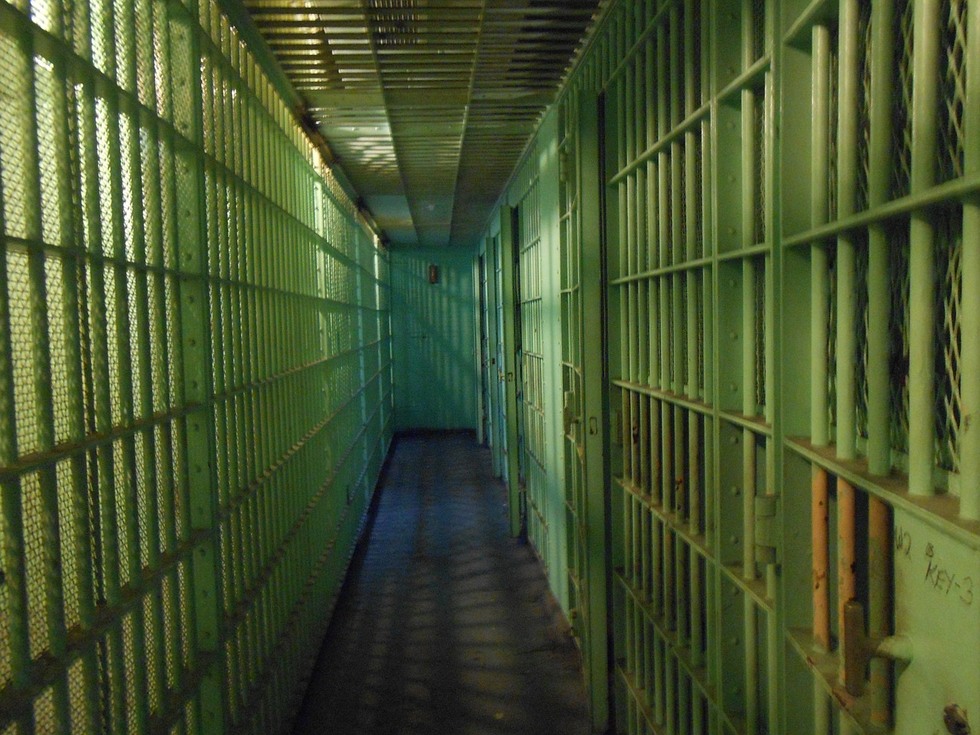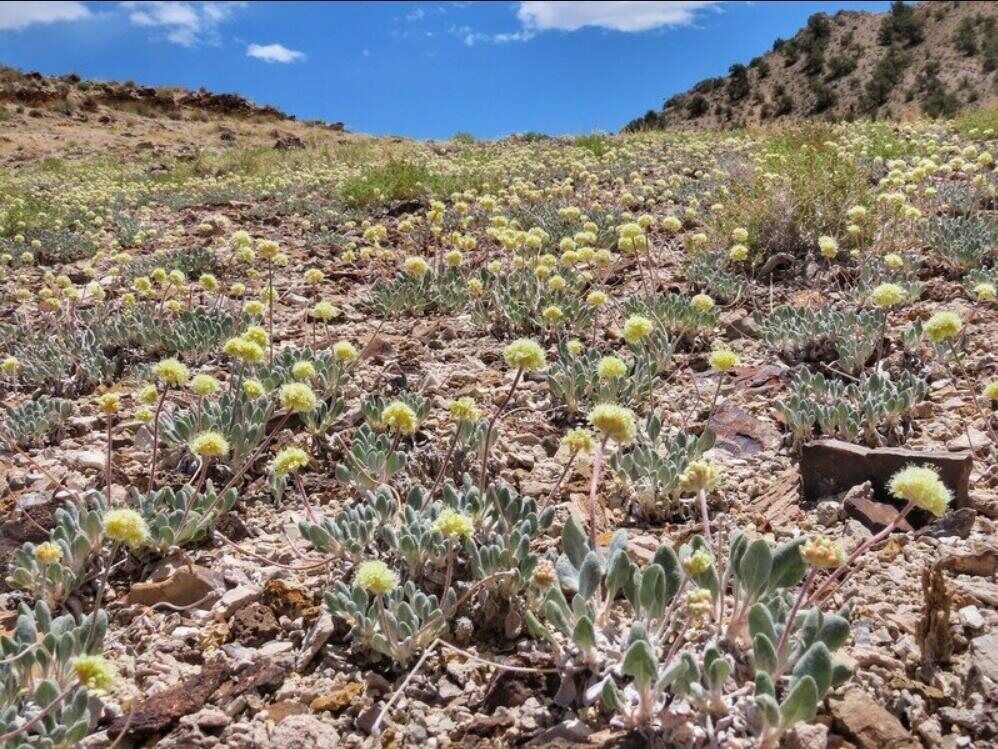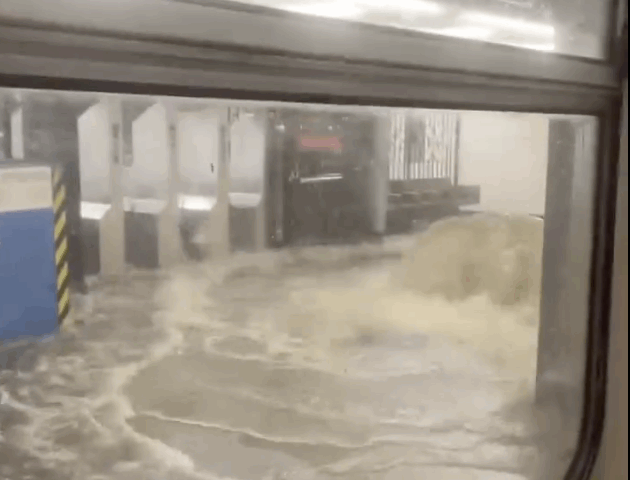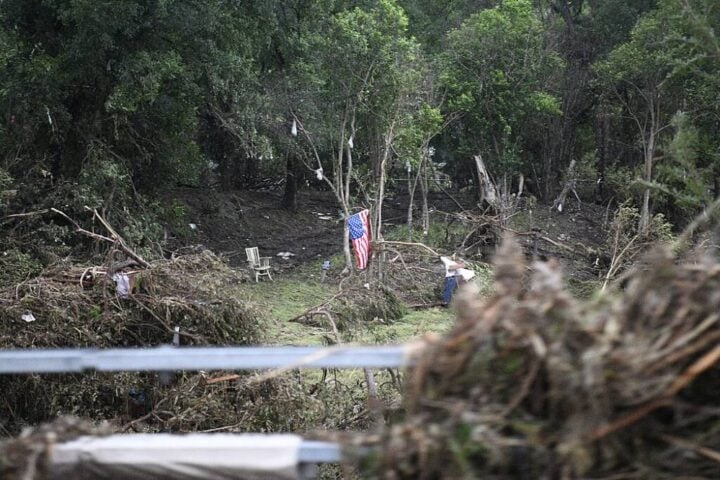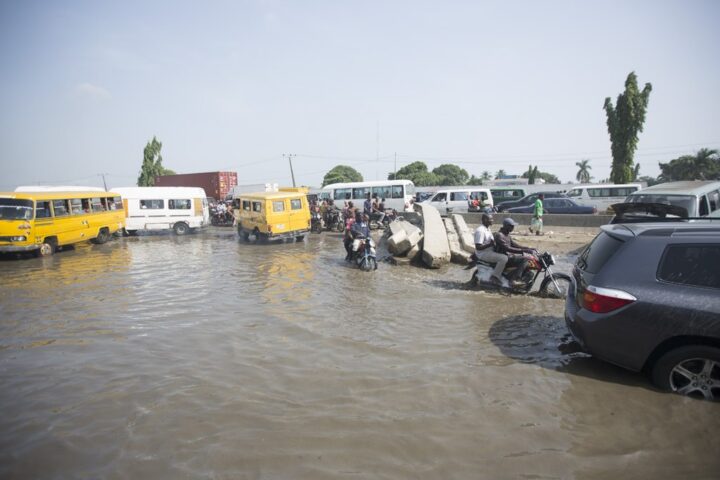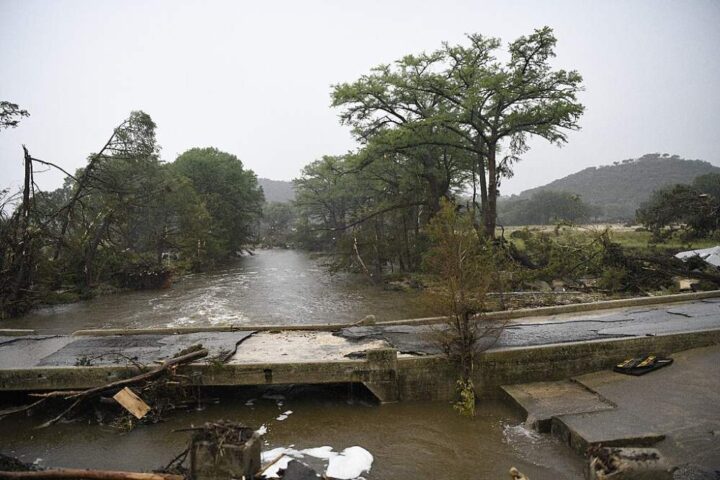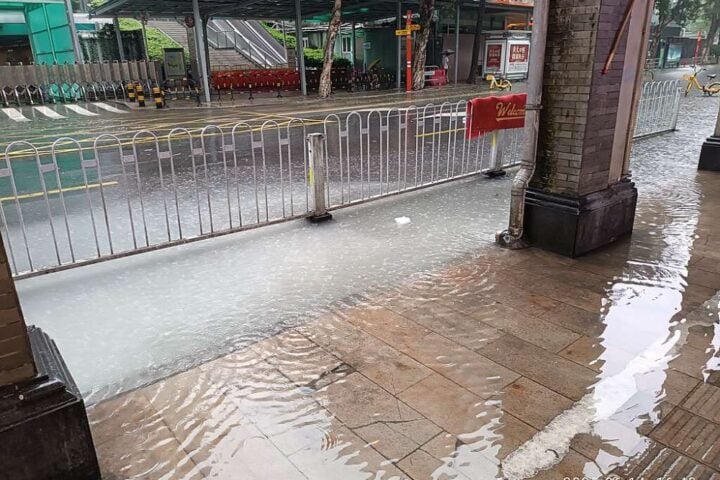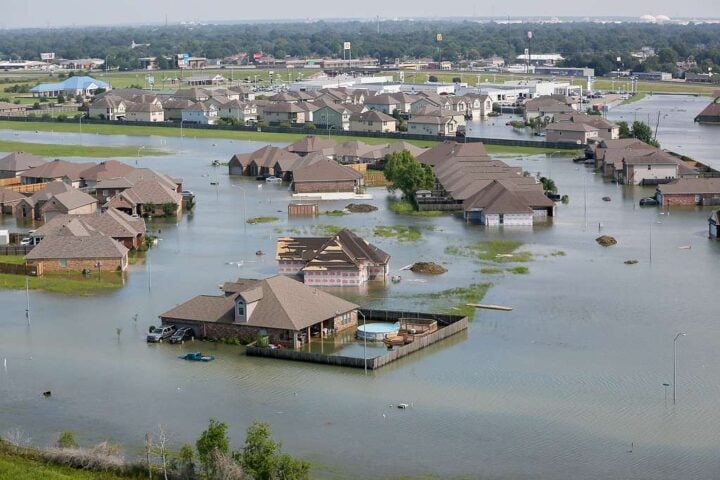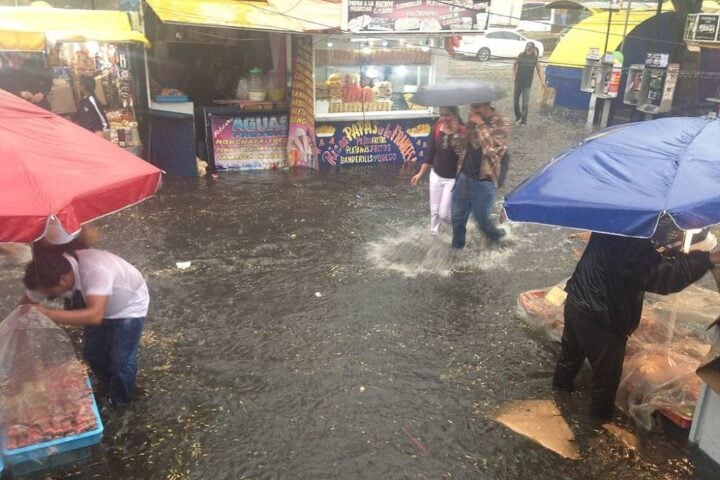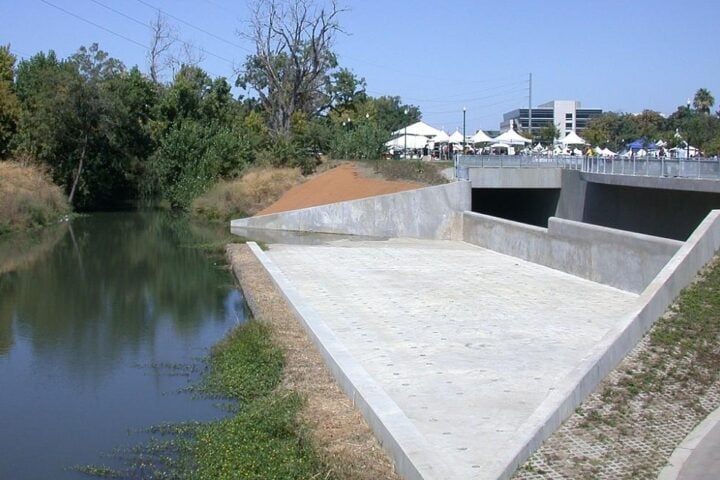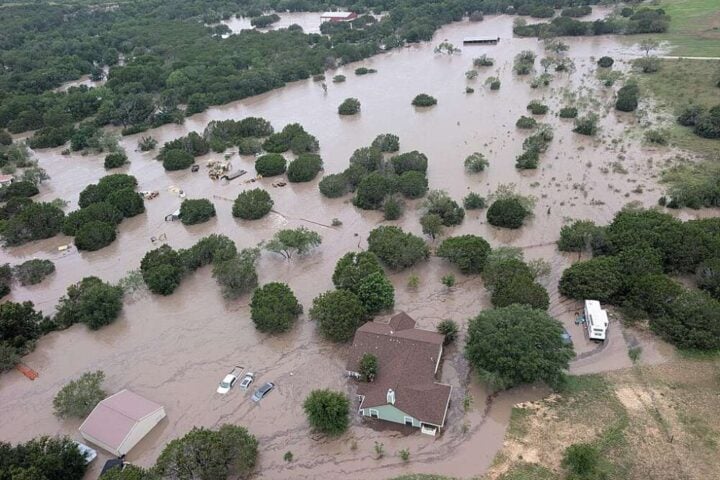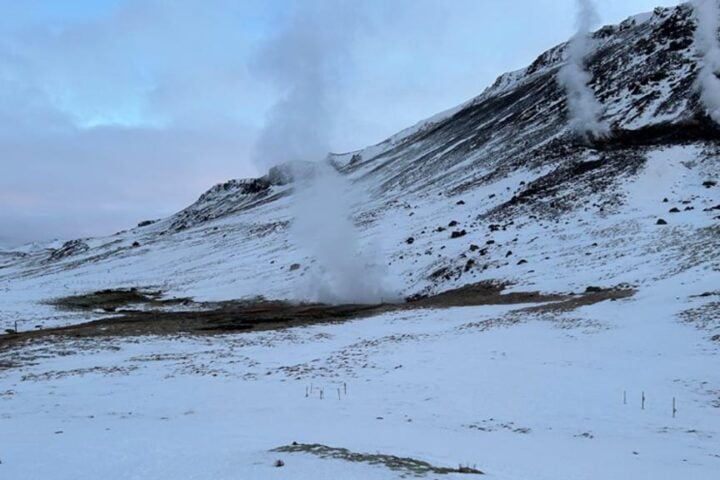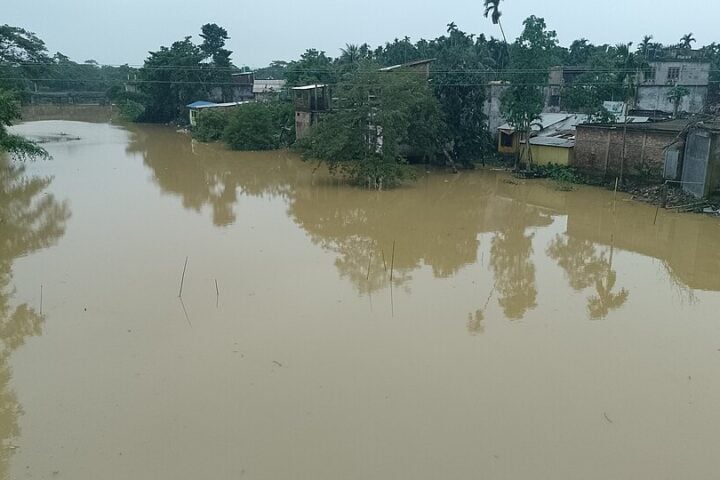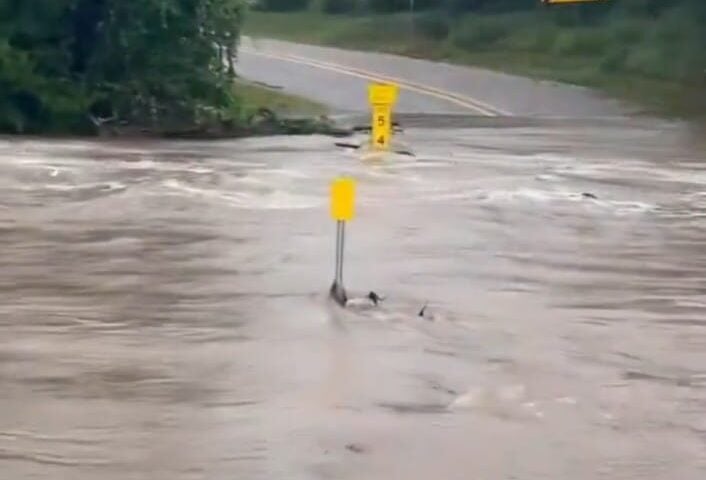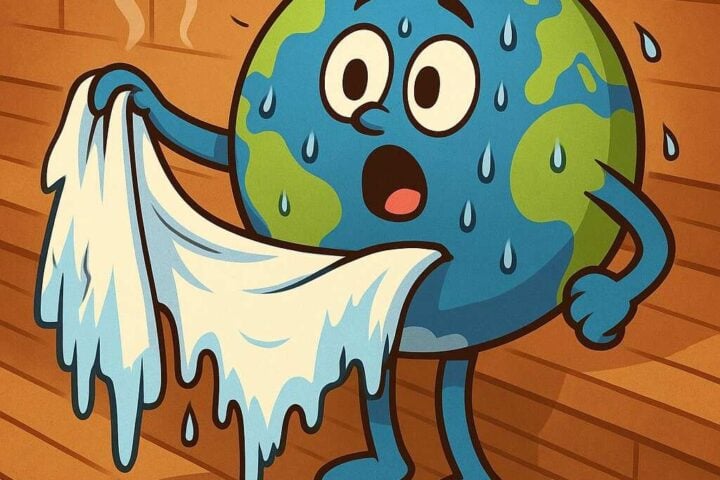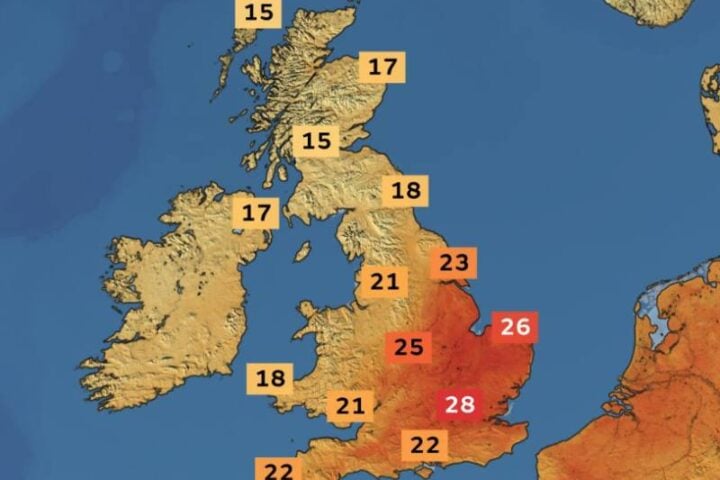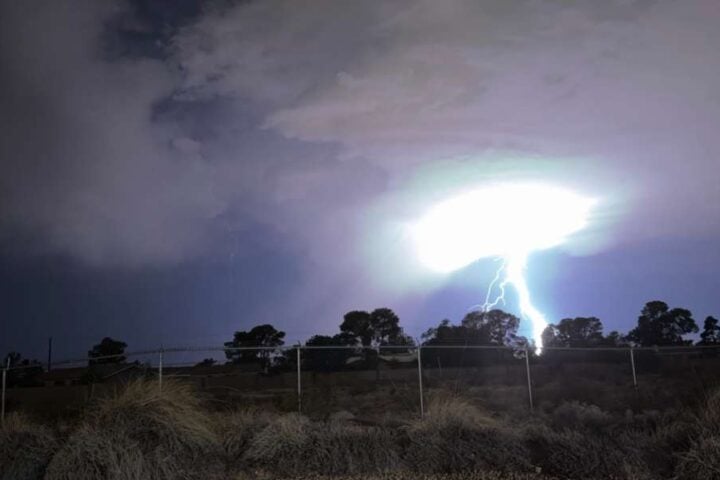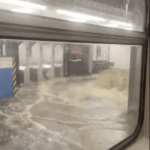Modern society is based on justice. Justice to the innocent and justice to the persons who commit crimes. After due process of legal proceedings, a person found guilty is sent to prison for several years, depending upon the severity of one’s crime. Prison authorities must look after the incarcerated.
The conditions of prisons are reflected in a new paper. Colorado University Boulder researchers have drawn accounts of nearly three dozen previously incarcerated people. A disturbing story of how prisons and jails in Colorado have failed to provide humane protection from growing environmental hazards brought on by climate change is revealed in the study carried out by CUBoulder researchers. Inadequate policies and dated infrastructure leave incarcerated people uniquely vulnerable to these harms, such as extreme heat and wildfire smoke, according to the study.
The Journal Environmental and Planning E: Nature and Space published the findings of this study on 13 Oct. Ben Barron, the paper’s first author, is a doctoral student in the Department of Geography. He said, “There are so many harrowing accounts of how this system is built to operate in one way and is not good at changing or responding dynamically.” He added, “As Climate hazards become more frequent and intense, dynamic responses are the only thing that’s going to protect these people when their agency is severely limited.”
The timing of the study is essential as it comes on the heels of multiple reports of Florida and North Carolina prisons failing to evacuate incarcerated people when two deadly hurricanes, Helene and Milton, struck the East Coast. With sewage overflowing into their cells, people in those facilities reportedly had no power or running water for days. Climate change is likely to increase the intensity and frequency of extreme events. This is shown by studies. In Colorado, people are more likely to experience strong heat waves, winter storms, flooding, and poor air quality from wildfires.
How incarceration facilities cope with increasing climate hazards is an understudied topic in academia. Barron and a team of experts in engineering, environmental design, and environmental justice studied it. Co-author and associate professor in the Department of Civil, Environmental, and Architectural Engineering, Shideh Drashti, said, “As an engineer, it’s shocking to me how little is included in our education and training about these social injustices and our role in amplifying them.” He added, “There is a lot of focus on the strength and stability of these facilities and little to no attention to the wellbeing and safety of incarcerated people.”
The team, in their previous research, uncovered that at least three-quarters of Colorado’s jails and prisons- housing over 80% of the state’s incarcerated population- are susceptible to at least one natural disaster in the coming year. About half of the facilities are at risk of extreme heat. The team contacted carceral facilities to understand better how disaster planning works inside prisons and jails. However, the authors said the facilities must still respond to the team’s interview request. Hence, they decided to speak directly with those who had lived through climate hazards there.
Barron interviewed 35 formerly incarcerated individuals from 23 prisons and 15 jails in Colorado. Over 60% of the interviewees said they had direct experience with at least one of Colorado’s four main climate hazards: extreme heat, extreme cold, wildfires, and floods. Uncomfortable temperatures, poor air quality, or water issues.
According to researchers, incarceration facilities attempted to cover up conditions by falsifying data, such as indoor temperatures. Barron explained findings that many prisons and jails lack air conditioning, and some facilities need uninterrupted air conditioning. This results in an extremely hot or cold cell for weeks. Barron was told by an interviewee, who spent 34 years incarcerated, “That kind of discomfort, over long periods of time, I suppose is a tiny form of torture.”
Similar Posts
Colorado has only evacuated one prison due to wildfires. Researchers say their findings reflect a national pattern. Torrential rains from Hurricane Helene Inundated the western part of North Carolina. As a result, individuals held in several incarceration facilities reported living without light or running water for days. Similarly, several jails and prisons in Florida refused to evacuate their residents ahead of Hurricane Milton despite mandatory evacuation orders for the areas.
Co-author Phaedra Pezzullo, professor in the Department of Communication, said, “The fact that in the US someone could be arrested for abandoning a dog in a flood, but nobody’s being held accountable when human beings are left in jail cells when water rises, is a huge contradiction in our system.” According to some study participants, they could be punished for filing complaints about their living conditions.
They found solutions to Some intentionally flooding their cells to cool down in the water. Others used cardboard and plastic to block cracks in the windows and keep wildfire smoke out. The researchers hope the study will inspire more research around climate change adaptation, mitigation, and prevention while considering these underheard voices. Some state legislators are already working to improve conditions inside incarcerated facilities, but progress often hits roadblocks, partly due to differing opinions on what punishment should look like.
Barron said, “Even if we fully agree that the response to a crime is that you should be locked in a cell for a certain amount of time, nowhere in the law does it say you should be exposed to poor air quality, extreme temperatures, or the risk of living in sewage water for a week, these vastly exceed unreasonable, disproportionately punishment.”
This study by CU Boulder researchers found that many prisons and jails in the USA have failed to protect their inmates from disasters caused by climate change.
